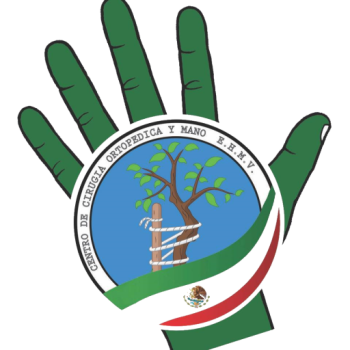Since complete functional restoration after spinal cord injury may not always be possible, the major focus in such cases has to be on rehabilitation. We performed surgery in such patients to reconstruct important absent hand functions viz. pinch and hook using various methods described in literature and compared their outcome. A total of 29 procedures were performed in ten patients (18 upper limbs) with tetraparesis consequent to cervical spine injury distal to C6 level who had at least grade 3 power of elbow extension but had not documented any significant improvement in hand function, at least 6 months post injury. Key pinch was reconstructed in 14 upper limbs using brachioradialis (BR) to flexor pollicis longus (FPL) transfer in 11 and pronator teres (PT) to FPL transfer in three limbs. Hook was reconstructed in 15 upper limbs: PT to flexor digitorum profundus (FDP) (n = 7), BR to FDP (n = 2), and FDP tenodesis (n = 6). The gains achieved were measured at intervals of 4 weeks, 3 months, and 6 months postoperatively and at a final possible follow-up of every patient, the average follow-up being 32 months. The functional outcome was assessed by the modified Lamb and Chan score. For key pinch reconstruction, both BR and PT turned to be equally efficacious donors, while for hook reconstruction, PT and BR transfer to FDP turned out to be superior to FDP tenodesis. The functional outcome as assessed by the modified Lamb and Chan score revealed good to fair outcome in 70 % of patients while poor in 30 %. Complications resulted from stretching of transfer, rupture of tenodesis, and maltensioning. Surgery can routinely be offered to suitable tetraplegics with deficient hand function in whom no useful recovery of any function is expected with at least 6 months elapsed post injury. Single-staged bilateral procedures enable maximal possible rehabilitation in minimal possible duration.
